Based on materials from phonarena.com
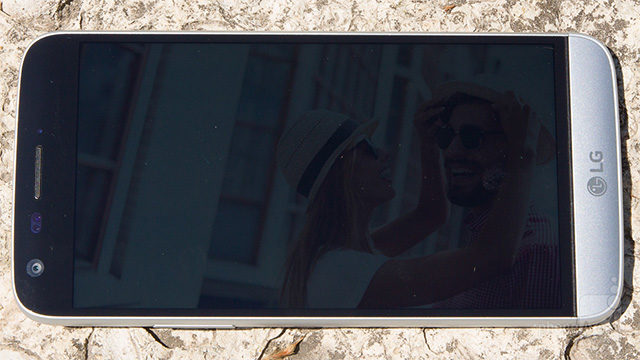
The sun is at a distance of 149.6 million km from us, and if you drive for 75 years without stopping at a speed of 230 km / h, in theory you can get to it. Goes far enough, right? If only this distance prevented the sunlight from turning the screens of our smartphones into indistinguishable something on clear days … Everyone had this in life – summer, hot sun, with your wet hand you take your smartphone out of your pocket and stare, and squint your eyes painfully to read some some unfortunate notice.
It's not that phone makers haven't tried to improve the situation, but they have failed to make visible progress in this area in the past few years. The brightness of the screens of top-end smartphones fluctuates around 450 – 550 nits, which is quite normal, at least in cloudy weather, but far from ideal. And taking all this into account, it became interesting how things are with the visibility of screens outdoors in the latest super-smartphones. Do they show any differences or “things are still there”? So, today in the ring iPhone 6s, Samsung Galaxy S7 edge , HTC 10 and LG G5. The best of the best, right? Let's remember what we are dealing with and look at the characteristics of the screens.
Comparison participants
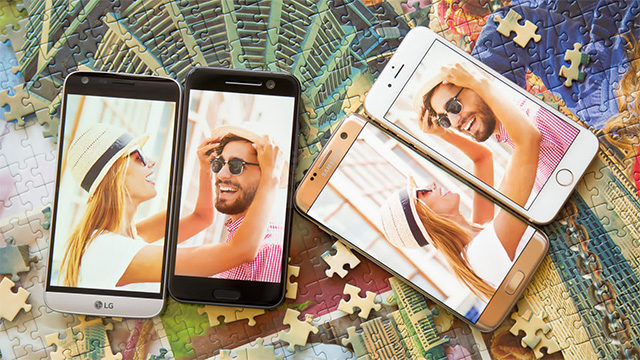
| Size and technology | Resolution | Maximum brightness | |
| Apple iPhone 6s | 4.7 ″ IPS LCD | 750 x 1334 | 554 nits |
| Samsung Galaxy S7 edge | 5.5 ″ Super AMOLED | 1440 x 2560 | 493 nits |
| HTC 10 | 5.2 ″ S – LCD 5 | 1440 x 2560 | 375 nits |
| LG G5 | 5.3 ″ IPS LCD | 1440 x 2560 | 816 nits |
And now, from boring numbers to reality, let's see which screen looks the least pathetic on the street, in the real world.
Let's start with 'titanium', which we can count LG the G5, with an out-of-the-box 800 nits, which is ridiculously high. The measurements, like those we have done with other phones, were taken under completely controlled conditions. That is, for all displays the conditions were the same, so that later the results could be compared. And to a large extent they are comparable, but not always. The problem with controlled conditions is that they are not real. In ordinary life, you will not receive them, but you will be dealing with countless variations that change every second. The point is that laboratory brightness measurements do not always reflect how acceptable screen brightness will actually be.
Because of the high reflectivity of the screen, the brightening software does not work when required, and our real-life observations have shown that the information on the G5's display is actually the most difficult to distinguish under the sun. There were many attempts – in different positions and at different angles, but the brightness did not increase, although the day was very, very sunny.
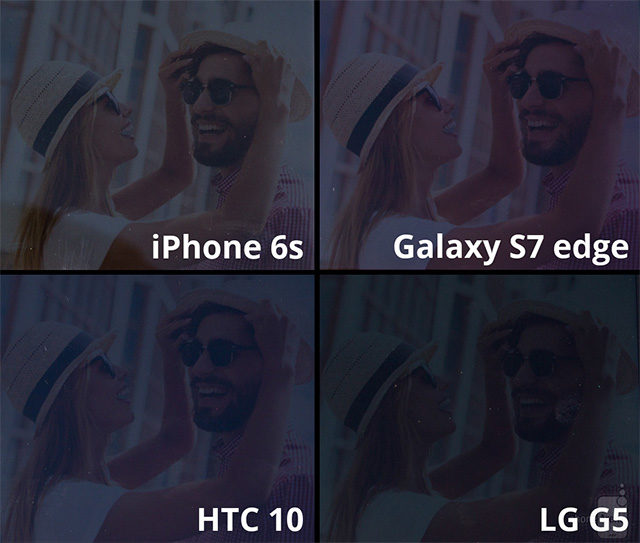
Sorry sight? Well, you could say that.

Moving from worst to best, the next on the list HTC 10 is a little better, but not much. The brightness value – 370 nits – here is much more consistent with what we actually see. The screen is far from ideal outdoors. We think that HTC have not achieved much success in this field over the past couple of years.
The winners are announced …
The leaders remained, iPhone 6s and Galaxy S7 edge. The Galaxy S7 edge is less bright on paper, but the software's efficient operation allows its screen to be as legible as iPhone 6s. What exactly is going on, we're not entirely sure, but the result is a huge increase in contrast and saturation. You can imagine how much is really going on, but the result is the following: the image on the S7 edge's screen is highly distorted, but easier to read. And this suits us quite well, because when we go out into the street with the device, we are not going to enjoy the excellent color rendering of the display, we just need to comfortably read information from it. Well, you have to give credit to iPhone 6s, his screen achieves the desired goal with confidence and retains the properties of the image.
Overall, the screens of the iPhone 6s and Galaxy S7 edge are noticeably easier to read on sunny days – not perfect, but better than those of LG and HTC.
So, it seems that the original message of this article was for the most part correct: there has not been much success in increasing the display's readability on the street. As before, iPhone has the best result, and software tricks allow Samsung to achieve comparable performance. What's especially disappointing is that other big companies like LG and HTC haven't done well here, and that only means one thing. Either you get a smartphone from Apple or Samsung, or you have to put up with poor screen visibility outdoors.
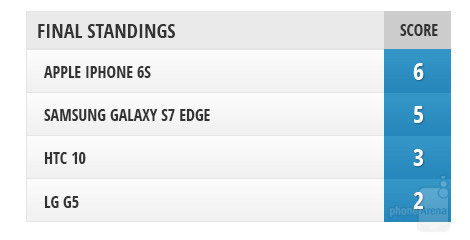
Well, let's wait for the emergence of technology that will become a breakthrough and will allow us to comfortably use smartphones in any conditions. And you display manufacturers, march through the labs! Because the Sun is unlikely to become less bright, well, at least in the next few billion years.
Finally – full-size shots.
1. Apple iPhone 6s
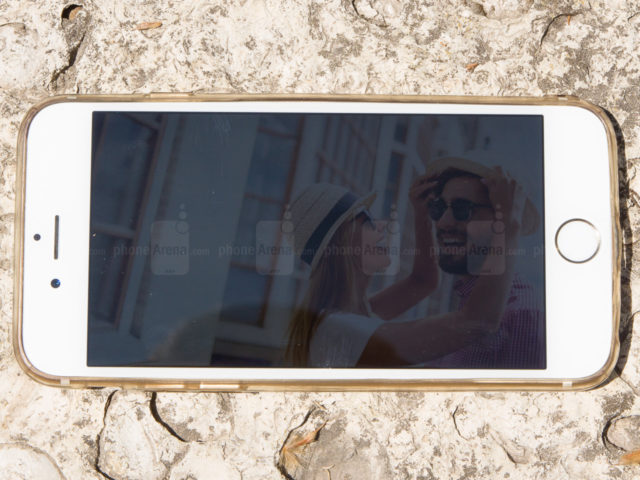
2.Samsung Galaxy S7 edge
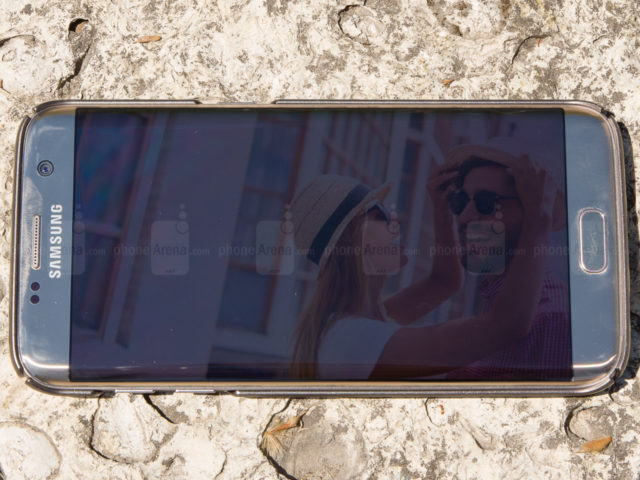
3. HTC 10
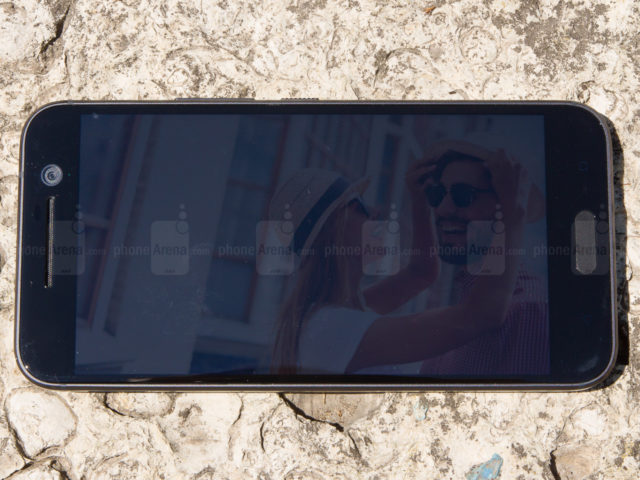
4. LG G5
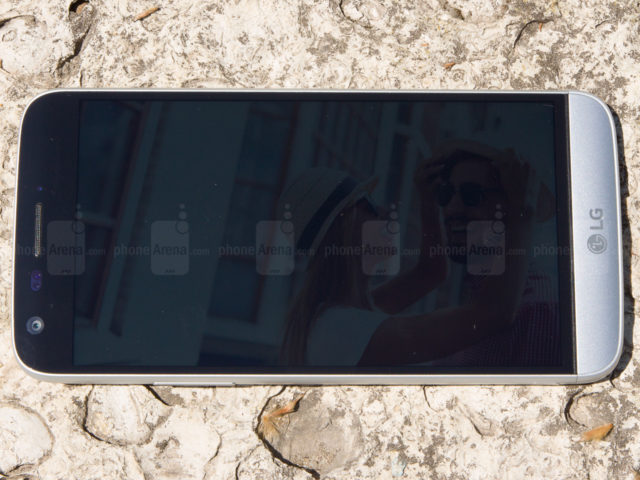
5. Apple iPhone 6s
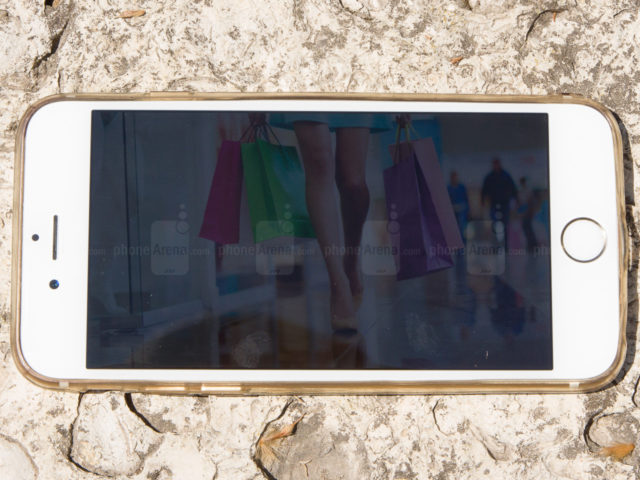
6.Samsung Galaxy S7 edge
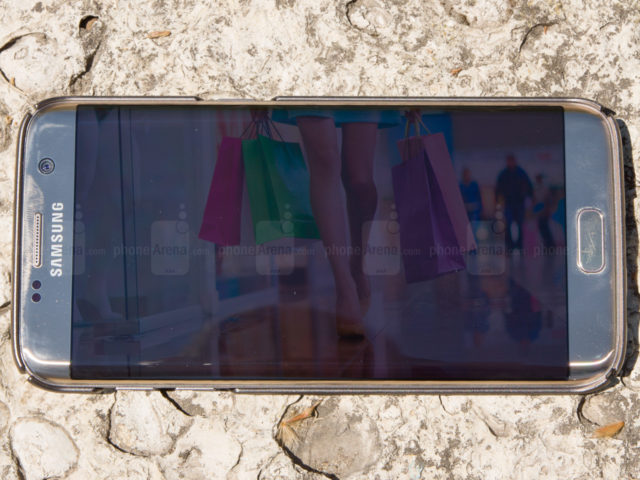
7. HTC 10
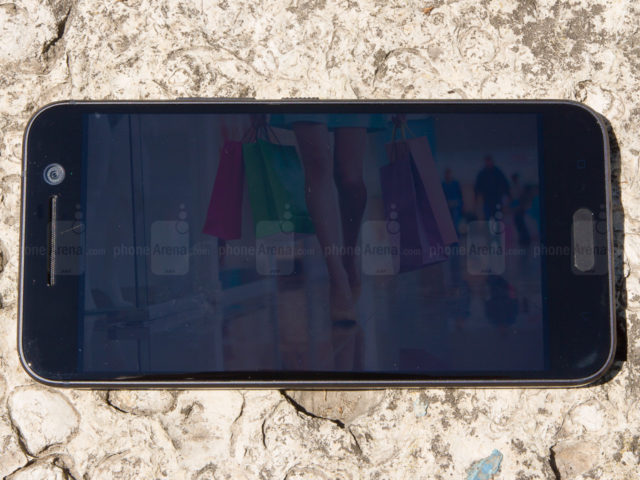
8. LG G5

And finally – traditional questions for readers. Are you satisfied with the brightness of your smartphone screen? Or is this indicator not a priority for you in comparison with others?
